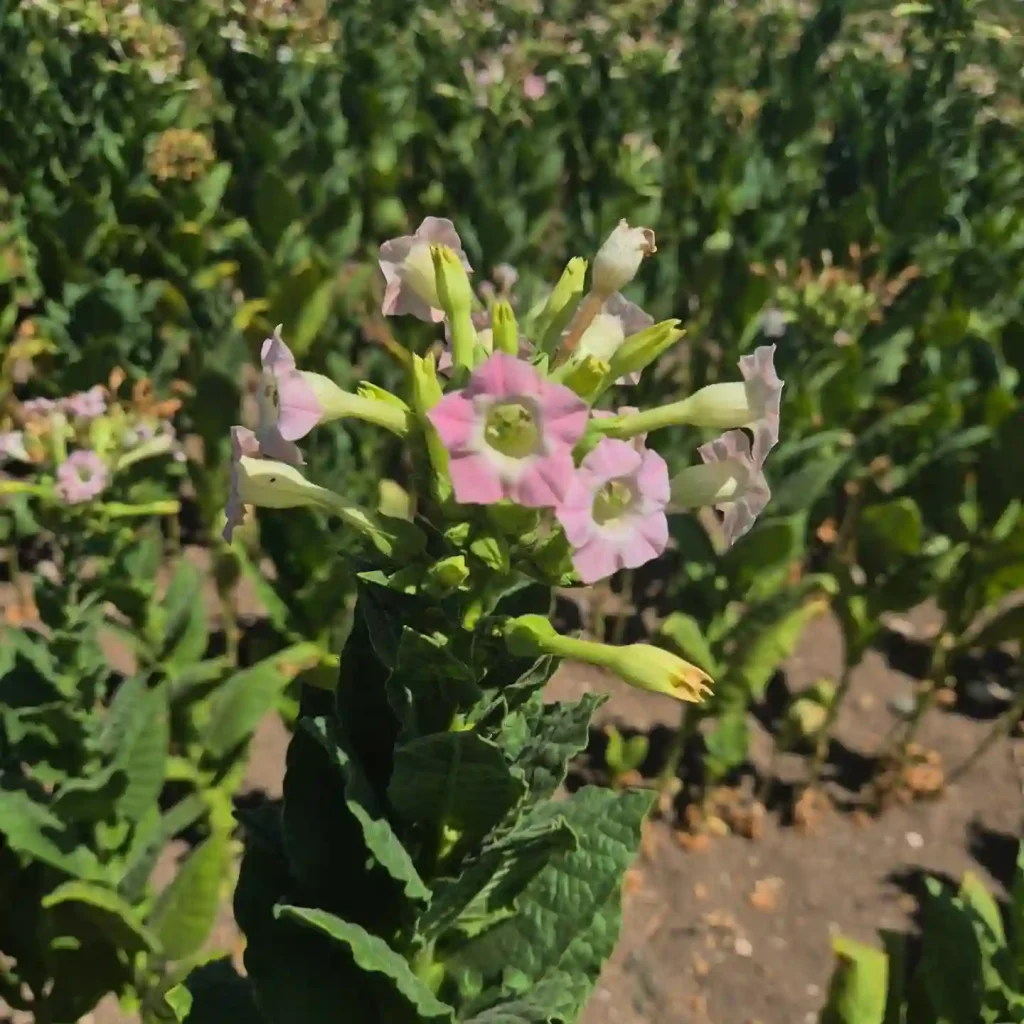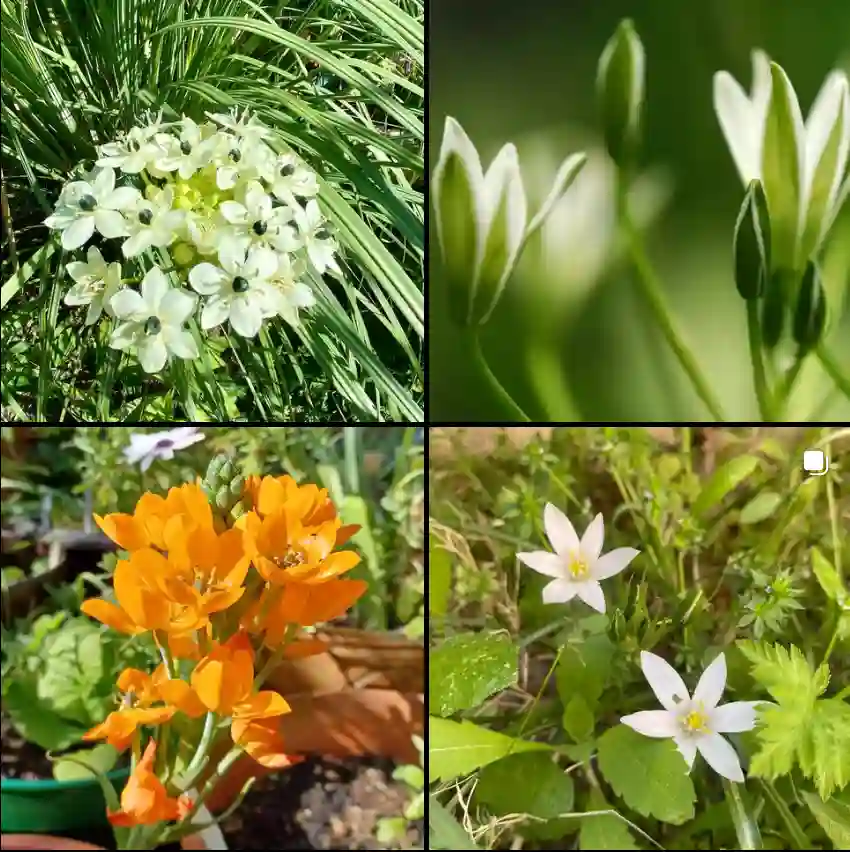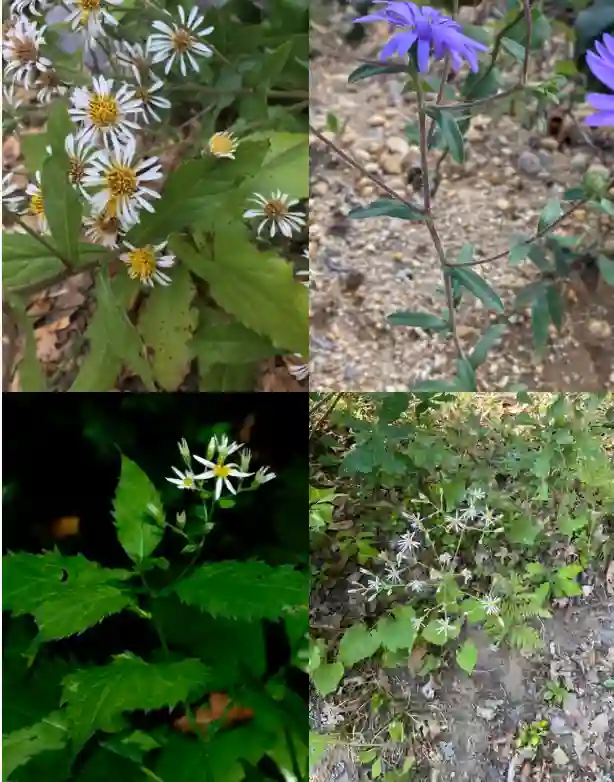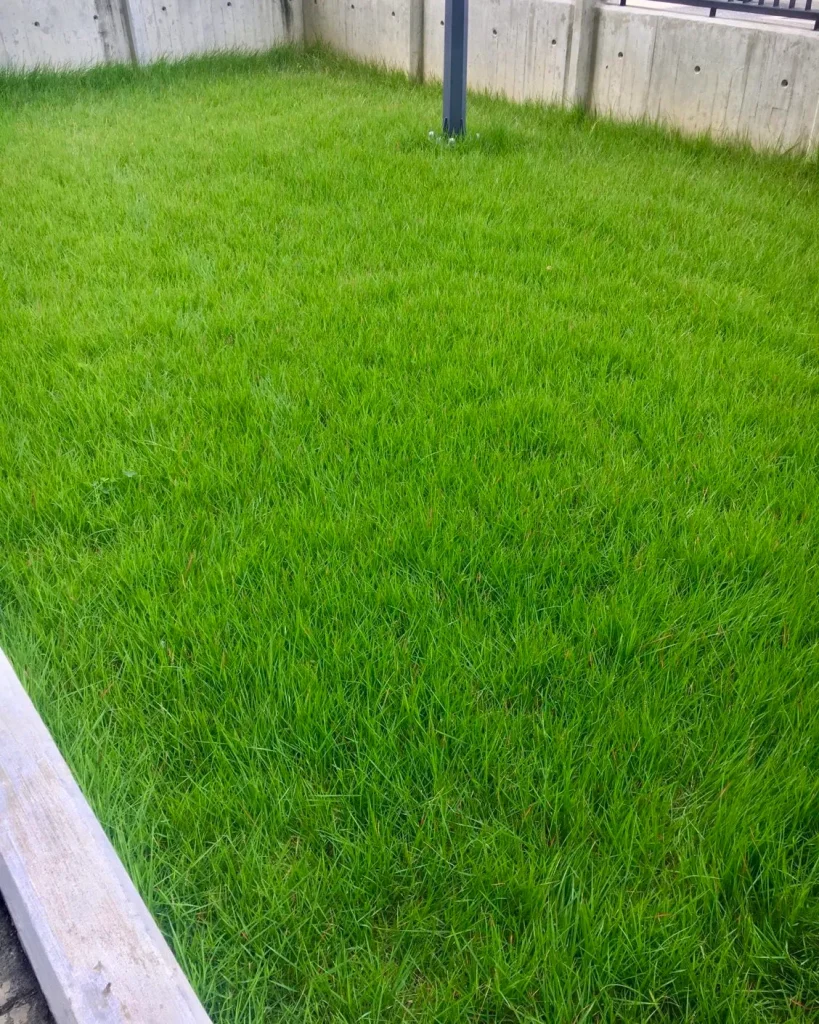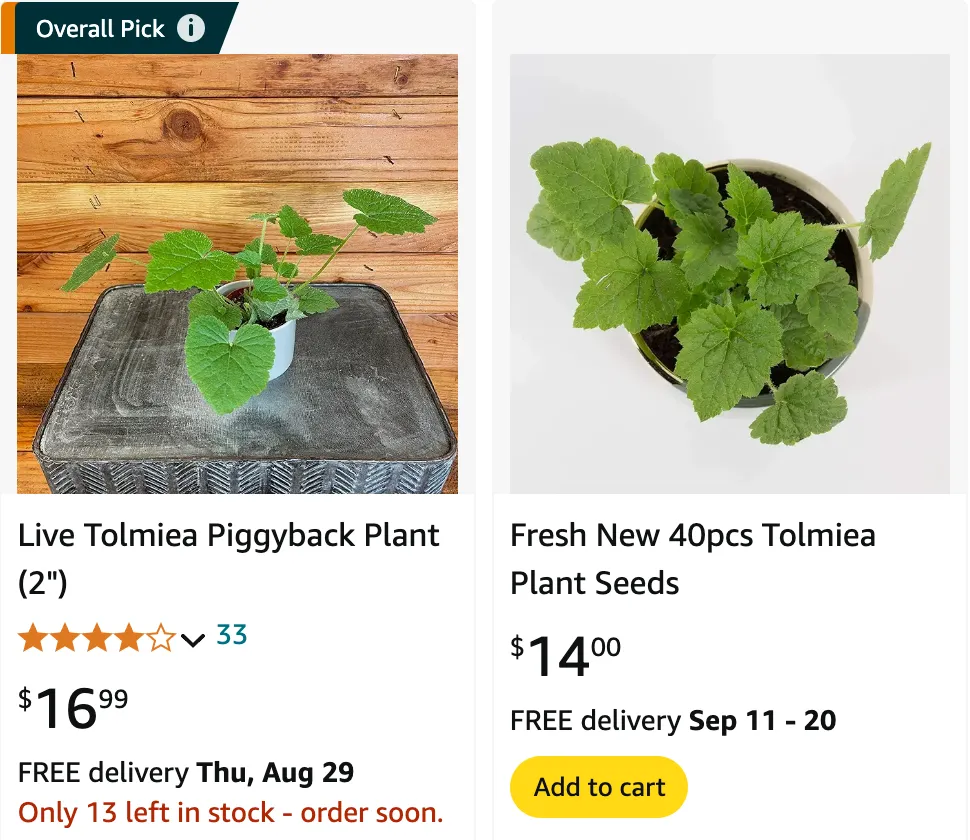
The Piggyback Plant, also known as Tolmiea Menziesii, is one of those unique houseplants that has captured my attention. Known for its interesting propagation method, where new plantlets sprout from the base of its leaves, it has earned the nickname “Piggyback Plant”. In this article, I’ll answer some frequently asked questions about this captivating plant, sharing my personal experience with caring for it, propagating it, and making the most of its versatility both indoors and outdoors.
What is the Piggyback Plant?
The Piggyback Plant (Tolmiea Menziesii) is a charming perennial that hails from the forests of the Pacific Northwest. Its most striking feature is its ability to produce new plantlets from the base of mature leaves, making it seem as if baby plants are “piggybacking” on the parent leaves. This gives it a unique and playful appearance that appeals to many indoor gardeners, including me.
How to Care for Piggyback Plant?
Caring for a Piggyback Plant is relatively straightforward. It thrives in moderate to bright indirect light, making it an excellent choice for a north- or east-facing window. Direct sunlight can scorch its leaves, so it’s best to avoid placing it in the direct path of the sun. The plant enjoys a consistently moist environment, but not soggy soil. I’ve found that allowing the top inch of soil to dry out before watering helps to prevent overwatering and root rot.
In terms of temperature, the Piggyback Plant prefers a cool to moderate indoor climate, around 60-75°F (16-24°C). This plant loves humidity, so it’s ideal to mist it regularly or place it near a humidifier. Regular feeding during the growing season with a balanced houseplant fertilizer keeps it happy and thriving.
How to Propagate Piggyback Plant?
Propagation is where this plant truly shines. The easiest way to propagate the Piggyback Plant is by using the small plantlets that grow from the base of its leaves. You can simply cut a leaf with a plantlet attached and place it in soil, keeping it moist until it establishes roots. I’ve had great success with this method, and it’s always fun to see the new growth start.
If you prefer a more traditional approach, the Piggyback Plant can also be propagated by division. This is best done in the spring when repotting the plant. Just gently separate the root ball into smaller sections, ensuring that each section has some roots attached, and replant them in fresh soil.
Piggyback Plant Flower
Though Piggyback Plants are more known for their foliage, they do produce small, inconspicuous flowers. The flowers are typically brownish-purple and appear on long, thin stalks. I find them more of a novelty than a showy display, and they don’t add much visual appeal to the plant. The real charm of the Piggyback Plant lies in its lush, green, or variegated leaves.
Piggyback Plant Hanging Basket
The trailing nature of the Piggyback Plant makes it an excellent candidate for hanging baskets. It drapes beautifully over the sides, adding a soft, cascading effect to any space. I love using it in hanging baskets because it not only saves space but also highlights the plant’s natural growth pattern. Just make sure to keep an eye on its moisture levels, as hanging baskets can dry out faster than regular pots.
Piggyback Plant Indoor
The Piggyback Plant is perfect for indoor settings, where its bright green or variegated foliage adds a touch of nature to any room. It’s also relatively low maintenance, making it a great choice for beginner plant enthusiasts. I like placing mine in spaces where it can trail down from shelves or hang from baskets, adding a bit of greenery to areas that need a soft, natural touch.
Piggyback Plant Outdoors
While it’s commonly grown indoors, the Piggyback Plant can also thrive outdoors in the right conditions. It prefers shaded areas with cool temperatures, much like its native habitat in the forest undergrowth. I’ve found that it makes a great ground cover in shady gardens, where it can spread out and create a lush, green carpet. Just be sure to protect it from harsh sunlight and ensure it gets enough water, as outdoor conditions can dry it out faster.
Piggyback Plant Seeds
Propagating Piggyback Plants from seeds is less common, as the plant’s natural propagation method is so easy and effective. However, if you’re feeling adventurous, you can start them from seeds. Keep in mind that it might take longer to see results compared to propagating through plantlets or division. Personally, I prefer the faster gratification of using plantlets.
Variegated Piggyback Plant
Variegated Piggyback Plants are a stunning variation of the standard green variety. Their leaves feature cream or white streaks, adding a striking contrast to the already intriguing foliage. Variegated varieties tend to need a bit more light than their green counterparts to maintain their color, so placing them in brighter spots (without direct sunlight) is crucial. I find that the variegation adds an extra layer of visual interest, making these plants stand out even more.
Can Piggyback Plants grow in low light?
While they can tolerate lower light conditions, Piggyback Plants prefer moderate to bright indirect light for optimal growth. In low light, they may become leggy or lose some of their vibrancy.
Can I grow Piggyback Plants with other plants?
Yes, Piggyback Plants pair well with other shade-loving plants like ferns, begonias, and hostas. When planting outdoors, I like grouping them with other foliage plants to create a layered, textured garden bed.
What’s the best soil for Piggyback Plants?
A well-draining potting mix is ideal. I usually use a standard houseplant mix, adding a bit of perlite to improve drainage. This helps prevent waterlogging and root rot, which are common issues with this plant.
Where to Buy Piggyback Plants?
Finding Piggyback Plants isn’t too difficult. They are available at many garden centers, nurseries, and online plant stores. I recommend checking with local nurseries first, as you can see the plant in person and ensure it’s healthy before purchasing. Online retailers can also be a good option, especially if you’re looking for a specific variety like the Variegated Piggyback Plant.
In conclusion, the Piggyback Plant is a delightful addition to any plant collection. Whether you’re growing it indoors as a houseplant, using it in a hanging basket, or incorporating it into your outdoor garden, it brings a touch of the forest into your home. With its unique propagation method and easy care requirements, it’s a plant that never fails to intrigue and delight.
If i die, water my plants!
